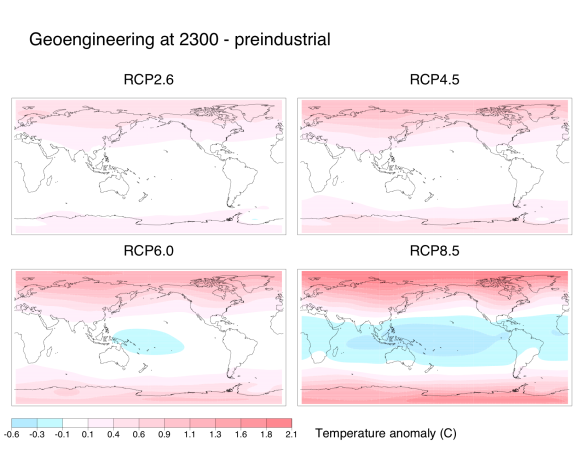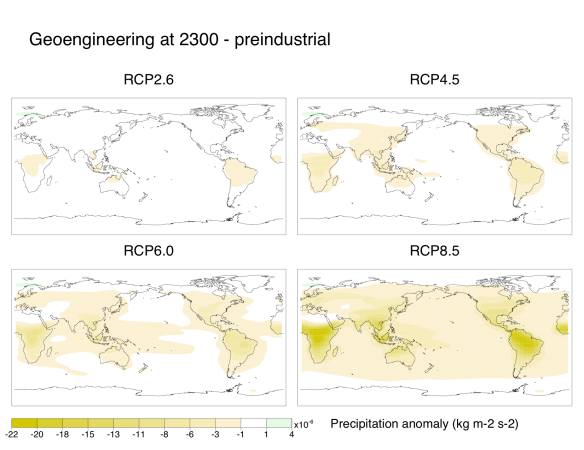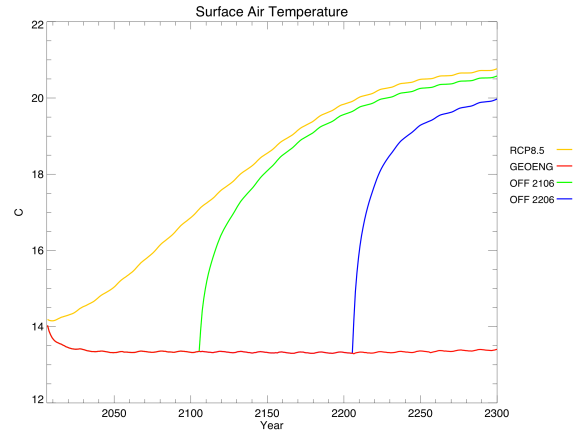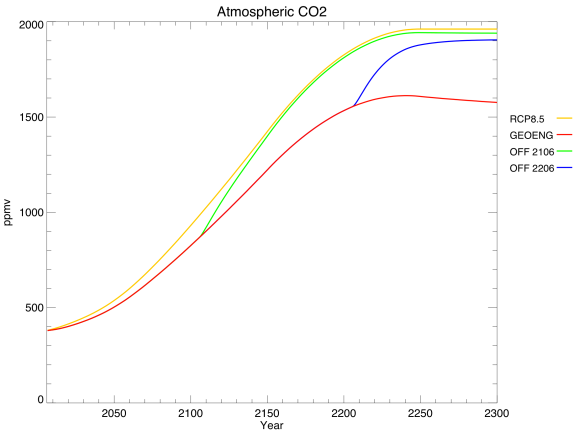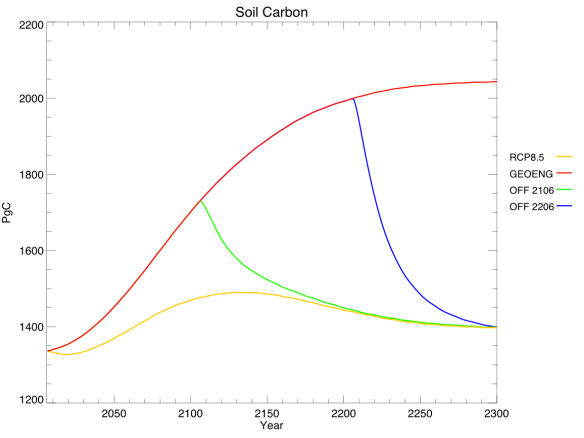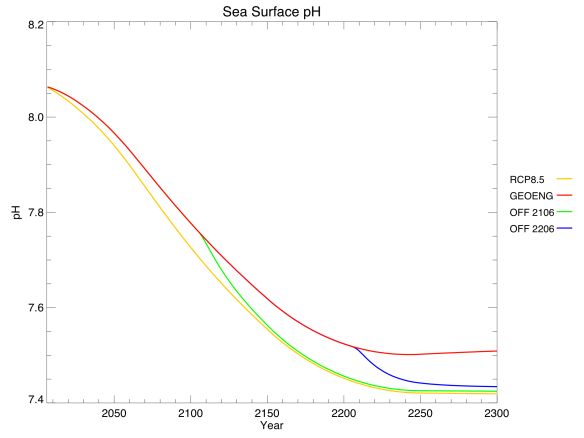Lately I have been reading a lot about the Paleocene-Eocene Thermal Maximum, or PETM, which is my favourite paleoclimatic event (is it weird to have a favourite?) This episode of rapid global warming 55 million years ago is particularly relevant to our situation today, because it was clearly caused by greenhouse gases. Unfortunately, the rest of the story is far less clear.
The PETM happened about 10 million years after the extinction that killed the dinosaurs. The Age of Mammals was well underway, although humans wouldn’t appear in any form for another few million years. It was several degrees warmer, to start with, than today’s conditions. Sea levels would have been higher, and there were probably no polar ice caps.
Then, over several thousand years, the world warmed by between 5 and 8°C. It seems to have happened in a few bursts, against a background of slower temperature increase. Even the deep ocean, usually a very stable thermal environment, warmed by at least 5°C. It took around a hundred thousand years for the climate system to recover.
Such rapid global warming hasn’t been seen since, although it’s possible (probable?) that human-caused warming will surpass this rate, if it hasn’t already. It is particularly troubling to realize that our species has never before experienced an event like the one we’re causing today. The climate has changed before, but humans generally weren’t there to see it.
The PETM is marked in the geological record by a sudden jump in the amount of “light” carbon in the climate system. Carbon comes in different isotopes, two of which are most important for climate analysis: carbon with 7 neutrons (13C), and carbon with 6 neutrons (12C). Different carbon cycle processes sequester these forms of carbon in different amounts. Biological processes like photosynthesis preferentially take 12C out of the air in the form of CO2, while geological processes like subduction of the Earth’s crust take anything that’s part of the rock. When the carbon comes back up, the ratios of 12C to 13C are preserved: emissions from the burning of fossil fuels, for example, are relatively “light” because they originated from the tissues of living organisms; emissions from volcanoes are more or less “normal” because they came from molten crust that was once the ocean floor.
In order to explain the isotopic signature of the PETM, you need to add to the climate system either a massive amount of carbon that’s somewhat enriched in light carbon, or a smaller amount of carbon that’s extremely enriched in light carbon, or (most likely) something in the middle. The carbon came in the form of CO2, or possibly CH4 that soon oxidized to form CO2. That, in turn, almost certainly caused the warming.
There was a lot of warming, though, so there must have been a great deal of carbon. We don’t know exactly how much, because the warming power of CO2 depends on how much is already present in the atmosphere, and estimates for initial CO2 concentration during the PETM vary wildly. However, the carbon injection was probably something like 5 trillion tonnes. This is comparable to the amount of carbon we could emit today from burning all our fossil fuel reserves. That’s a heck of a lot of carbon, and what nobody can figure out is where did it all come from?
Arguably the most popular hypothesis is methane hydrates. On continental shelves, methane gas (CH4) is frozen into the ocean floor. Microscopic cages of water contain a single molecule of methane each, but when the water melts the methane is released and bubbles up to the surface. Today there are about 10 trillion tonnes of carbon stored in methane hydrates. In the PETM the levels were lower, but nobody is sure by how much.
The characteristics of methane hydrates seem appealing as an explanation for the PETM. They are very enriched in 12C, meaning less of them would be needed to cause the isotopic shift. They discharge rapidly and build back up slowly, mirroring the sudden onset and slow recovery of the PETM. The main problem with the methane hydrate hypothesis is that there might not have been enough of them to account for the warming observed in the fossil record.
However, remember that in order to release their carbon, methane hydrates must first warm up enough to melt. So some other agent could have started the warming, which then triggered the methane release and the sudden bursts of warming. There is no geological evidence for any particular source – everything is speculative, except for the fact that something spat out all this CO2.
Don’t forget that where there is greenhouse warming, there is ocean acidification. The ocean is great at soaking up greenhouse gases, but this comes at a cost to organisms that build shells out of calcium carbonate (CaCO3, the same chemical that makes up chalk). CO2 in the water forms carbonic acid, which starts to dissolve their shells. Likely for this reason, the PETM caused a mass extinction of benthic foraminifera (foraminifera = microscopic animals with CaCO3 shells; benthic = lives on the ocean floor).
Other groups of animals seemed to do okay, though. There was a lot of rearranging of habitats – species would disappear in one area but flourish somewhere else – but no mass extinction like the one that killed the dinosaurs. The fossil record can be deceptive in this manner, though, because it only preserves a small number of species. By sheer probability, the most abundant and widespread organisms are most likely to appear in the fossil record. There could be many organisms that were less common, or lived in restricted areas, that went extinct without leaving any signs that they ever existed.
Climate modellers really like the PETM, because it’s a historical example of exactly the kind of situation we’re trying to understand using computers. If you add a few trillion tonnes of carbon to the atmosphere in a relatively short period of time, how much does the world warm and what happens to its inhabitants? The PETM ran this experiment for us in the real world, and can give us some idea of what to expect in the centuries to come. If only it had left more data behind for us to discover.
References:
Pagani et al., 2006
Dickens, 2011
McInerney and Wing, 2011



